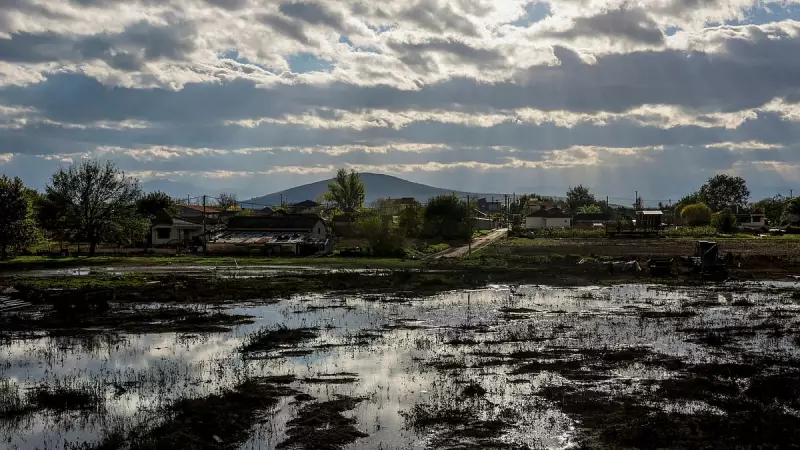
As the planet's climate continues to shift, a critical question emerges for communities worldwide: how do we live with the changes already set in motion? The answer lies in a concept moving to the forefront of global discussions – climate adaptation.
Defining Climate Adaptation
An expert clarifies that adaptation centres on how the world should respond to the weather-related effects of a changing climate. This is distinct from mitigation, which focuses on reducing greenhouse gas emissions. Adaptation deals with the consequences of the emissions we have already released into the atmosphere – and continue to emit – addressing the impacts that are now unavoidable.
This means preparing for and adjusting to a new reality of more intense and frequent extreme weather events, shifting rainfall patterns, rising sea levels, and other environmental shifts. The core of adaptation is building resilience to protect people, economies, and ecosystems.
The Urgency of Adaptation Action
The need for adaptation is not a distant future problem; it is a present-day imperative. The effects of a warming world are already being felt across India and the globe, from devastating floods and prolonged droughts to crippling heatwaves.
These events, resulting from historical and ongoing emissions, threaten food security, water resources, public health, and critical infrastructure. Proactive adaptation measures are essential to manage these risks, reduce vulnerability, and safeguard development gains. The time to plan and implement these strategies is now.
What Does Adaptation Look Like in Practice?
Climate adaptation is not a single solution but a diverse portfolio of actions tailored to local contexts. Practical examples include developing early warning systems for cyclones, creating heat action plans for urban areas, switching to drought-resistant crops in agriculture, and restoring mangrove forests as natural barriers against coastal erosion.
It also involves policy and planning, such as revising building codes to withstand stronger storms and investing in climate-resilient infrastructure. Effective adaptation is a continuous process of learning and adjusting as new climate information becomes available, ensuring that communities are not just reacting to disasters but are actively preparing for a different future.
Ultimately, understanding and investing in climate adaptation is a crucial step toward a safer, more secure world. It represents a pragmatic and necessary response to the climatic changes already unfolding, complementing vital global efforts to cut emissions at their source.





